Lockheed Martin has now built 1,000 F-35s
- By Alex Hollings
Share This Article
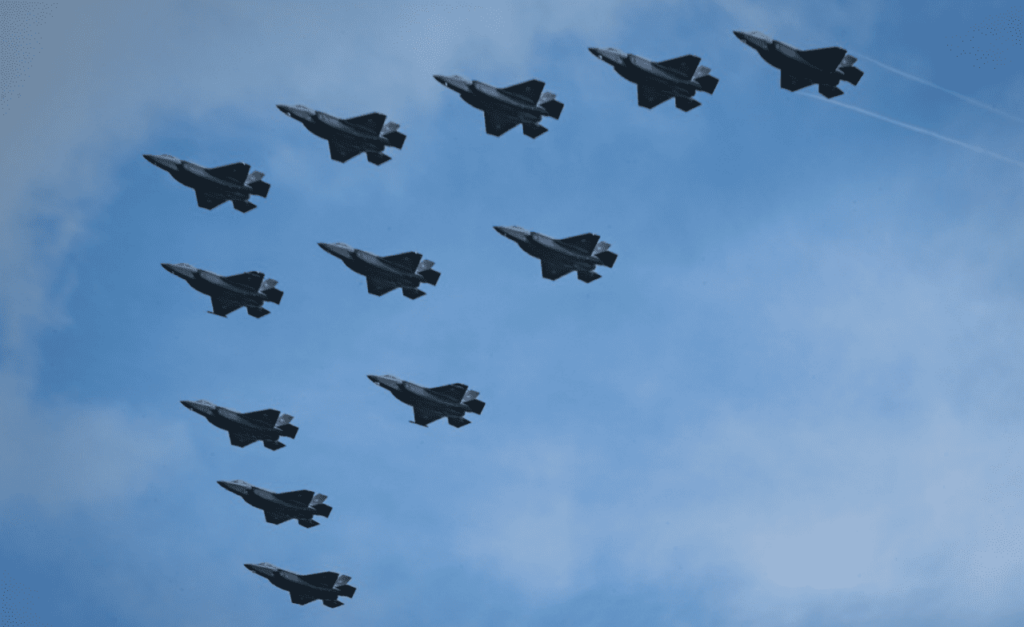
Despite setbacks related to ongoing hardware and software upgrades, Lockheed Martin recently completed production on the 1,000th F-35 Lightning II, solidifying its position as the most successful stealth aircraft production line in the history of aviation. In fact, there are more F-35s flying today than all other stealth aircraft throughout history, combined.
While Lockheed Martin announced plans to deliver its 1,000th jet by the end of 2023, delays related to Tech Refresh 3 – a hardware and software upgrade meant to pave the way for even more sweeping improvements to come – prevented the company from achieving that delivery milestone. However, acclaimed aviation journalist Tyler Rogoway, who runs The Warzone, confirmed its completion with Lockheed Martin via e-mail on Wednesday.
“We continue to produce F-35s at rate and have jets in various stages of the final production process. Once these jets receive the necessary TR-3 hardware and final TR-3 software is available, they will continue through the production process, including parking, until they are delivered,” Lockheed Martin told Rogoway.
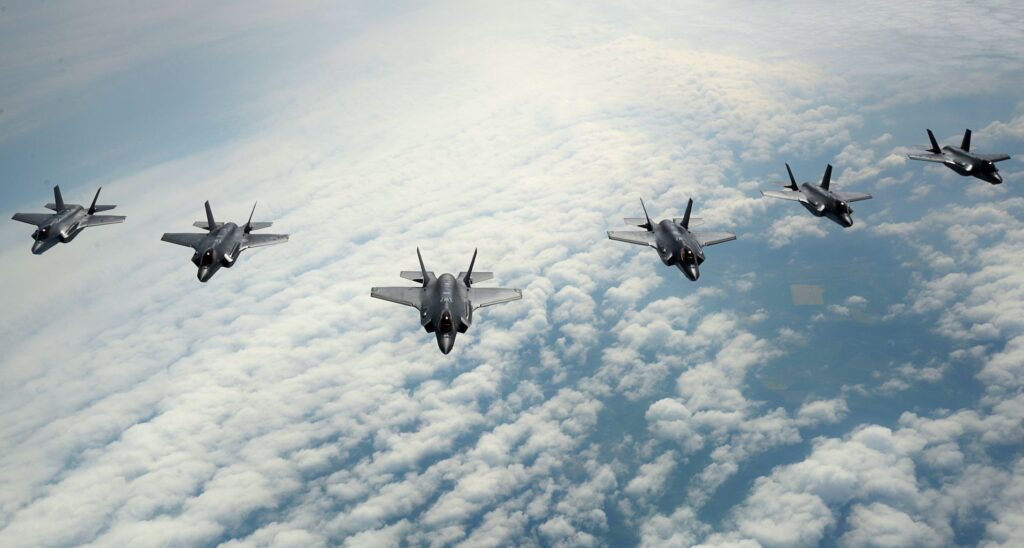
Despite a troubled development cycle that led to a series of high-profile production delays and significant cost overruns, the broadly capable stealth fighter that emerged from that acquisition debacle has been lauded by pilots and Defense officials alike as the most technologically advanced tactical aircraft ever to see service. The jet was designed to prioritize the attack (or air-to-ground) mission set. Yet, its combination of stealth and data-fusing-onboard-computer power has made it a stand-out performer in air-to-air combat as well, racking up a 20:1 kill-to-loss ratio in its first appearance in the Air Force’s Red Flag air combat exercises in 2017. To date, F-35s have accumulated over 773,000 hours in the air spread out across 469,000 total sorties.
And while the F-35 program certainly still has its critics, a long line of countries have chosen to shell out billions of dollars to secure their own stealth fleets. Nine countries were initially involved in the development of the fighter and today, the list of countries operating or purchasing the F-35 has expanded to 17.
The completion of the 1,000th F-35 places the fighter in elite company, as few fighter designs have ever reached four-figure production runs. According to Aerotime, the F-35 is the seventh most widely operated fighter in service on the planet today, only trailing behind far older 4th generation jets like the F-15 and Su-27 families of fighters and a few even older 3rd generation platforms like the MiG-21.
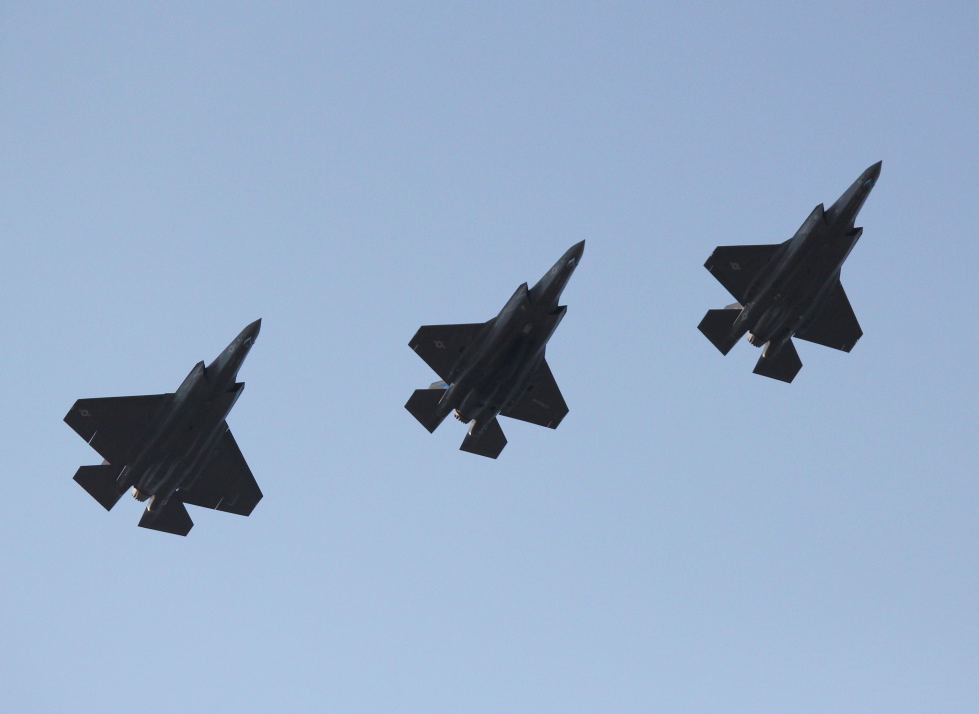
But as advanced as the F-35 may be, it is on the cusp of yet another major upgrade that has, once again, produced cost overruns and technical delays. Tech Refresh 3 (TR-3), now underway, aims to dramatically increase onboard processing power and onboard memory, paving the way for greater sensor fusion and a laundry list of upgrades to come, including new sensors, a variety of new weapons and electronic warfare capabilities, increased power production and more.
The first F-35 to fly with Tech Refresh 3 installed took off on January 6, seemingly paving the way for TR-3 aircraft to start making their way to fleets around the world. For now, the US Air Force has made it clear that it won’t take delivery on any new fighters until Tech Refresh 3 has been incorporated and is functioning properly, which may take months.
But even with a little pragmatic financial rain on Lockheed Martin’s parade, achieving the milestone of building the 1,000th fighter remains significant for military aviation history.
Read more from Sandboxx News
- More than missing guns: Why America lost dogfights over Vietnam
- The real-life TOPGUN advisors made cameos in ‘Top Gun’ and ‘Top Gun: Maverick’
- Pakistan wants to fly Chinese stealth fighters alongside its F-16s
- More than a century after WWI, war continues to be the same in Ukraine
- Special Operations Command’s commando aircraft are in jeopardy
Related Posts
Sandboxx News Merch
-

‘AirPower’ Classic Hoodie
$46.00 – $48.00 Select options This product has multiple variants. The options may be chosen on the product page -

‘Kinetic Diplomacy’ Bumper Sticker (Black)
$8.00 Add to cart -

‘Sandboxx News’ Trucker Cap
$27.00 Select options This product has multiple variants. The options may be chosen on the product page

Alex Hollings
Alex Hollings is a writer, dad, and Marine veteran.
Related to: Airpower
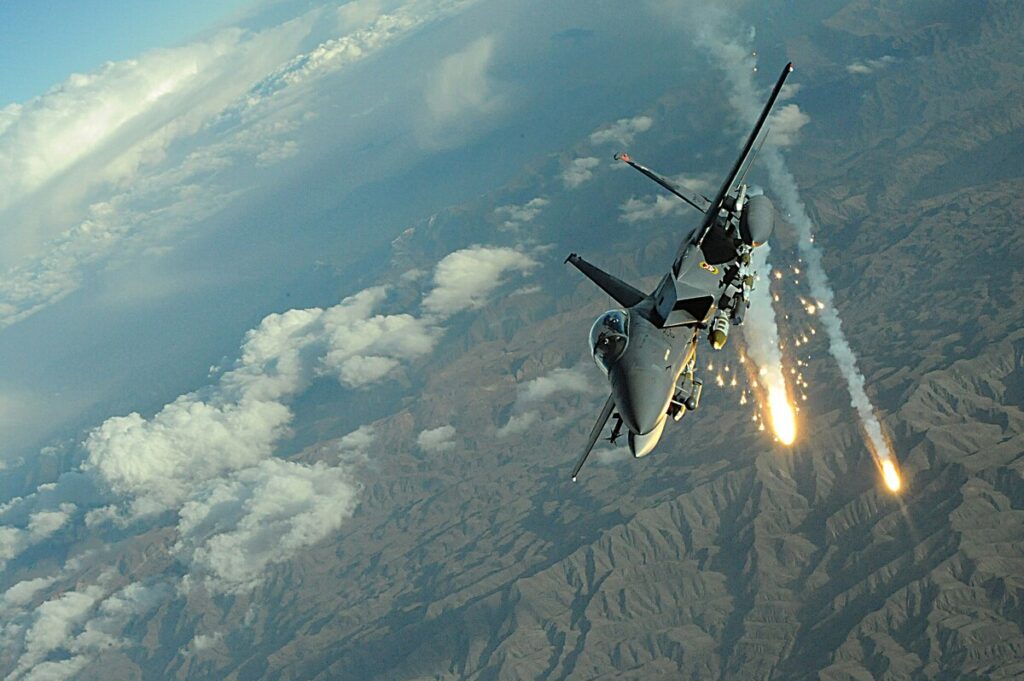
How an F-15E scored its only air-to-air kill… with a bomb
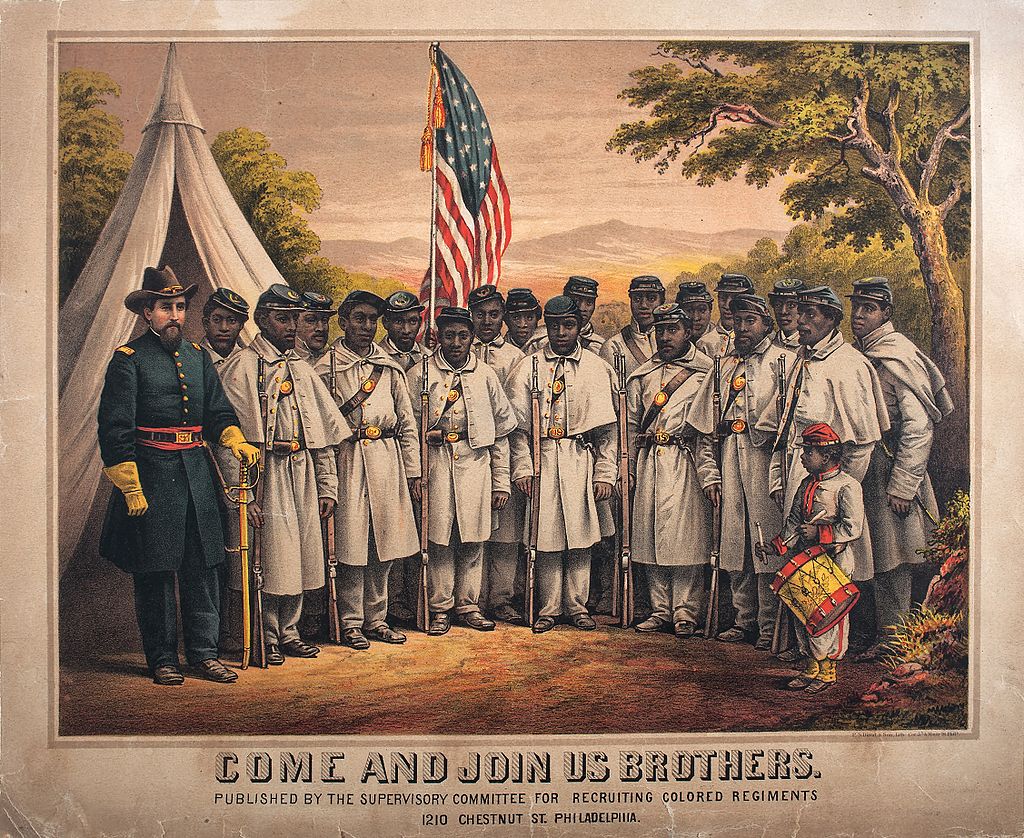
The military roots of Juneteenth and why we celebrate it

BUD/S instructors have their favorite games to make SEAL candidates suffer
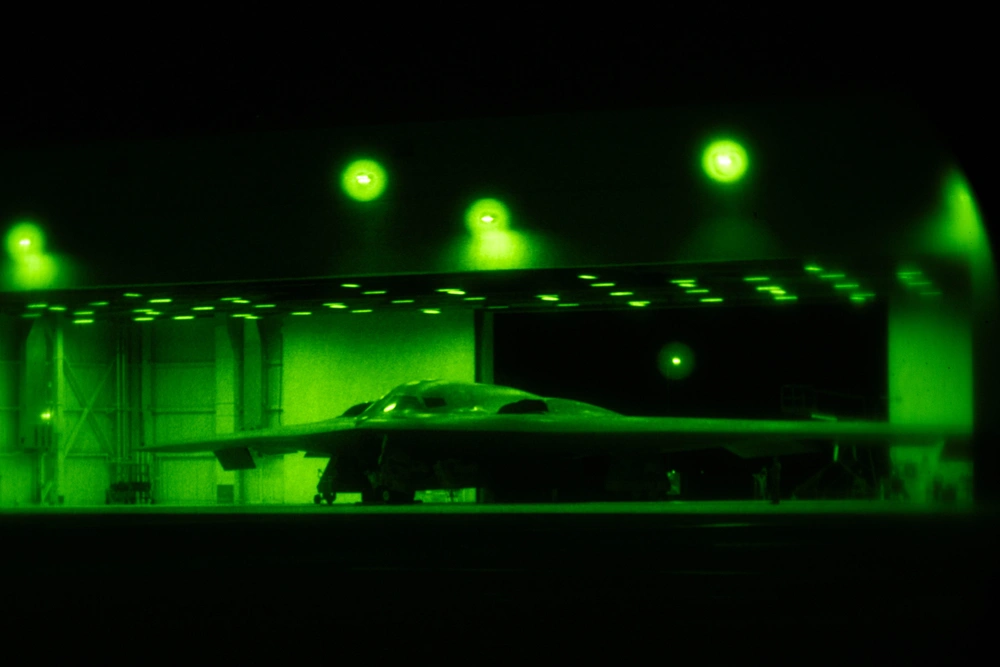
Operation Midnight Hammer: How American stealth bombers struck Iran’s nuclear facilities
Sandboxx News
-

‘Sandboxx News’ Trucker Cap
$27.00 Select options This product has multiple variants. The options may be chosen on the product page -

‘AirPower’ Classic Hoodie
$46.00 – $48.00 Select options This product has multiple variants. The options may be chosen on the product page -

‘AirPower’ Golf Rope Hat
$31.00 Select options This product has multiple variants. The options may be chosen on the product page -

‘Sandboxx News’ Dad Hat
$27.00 Select options This product has multiple variants. The options may be chosen on the product page
